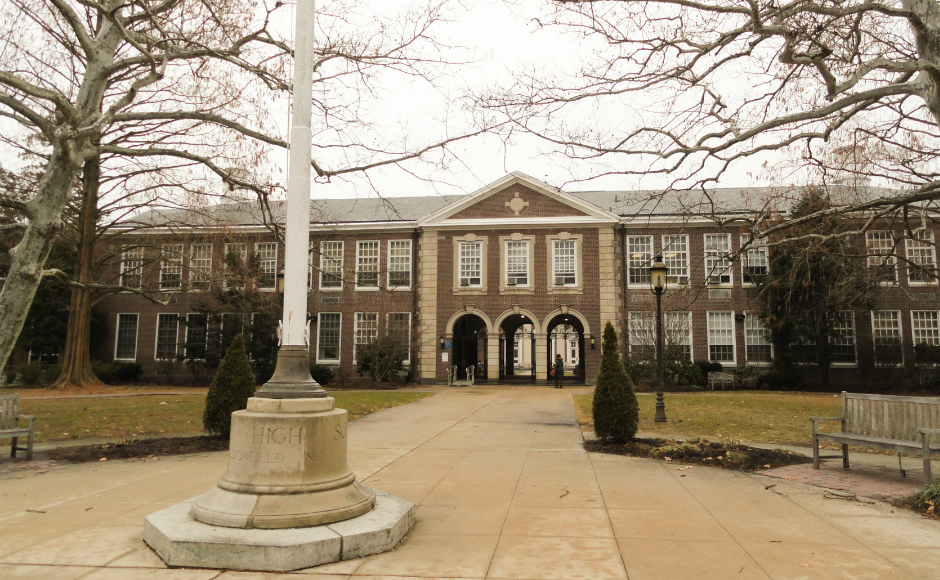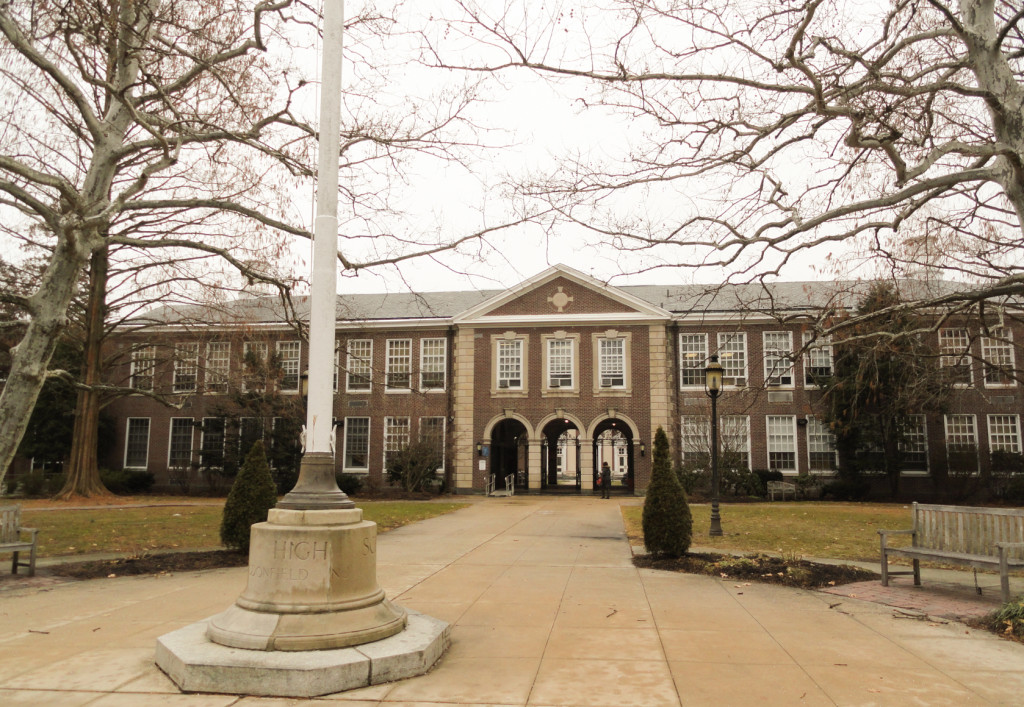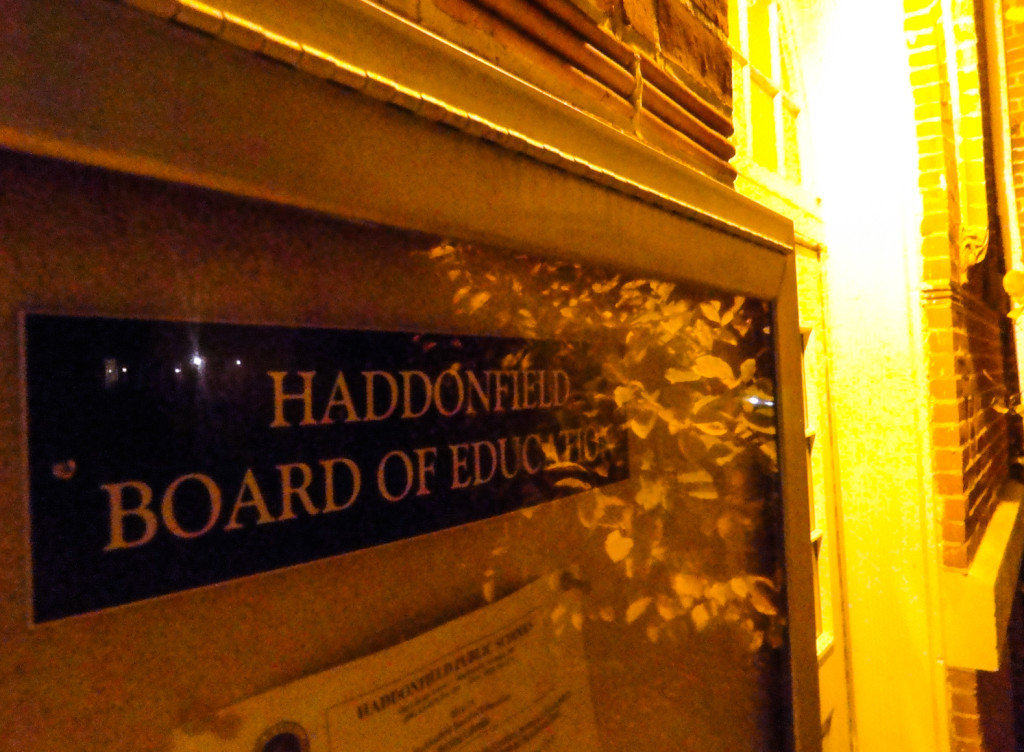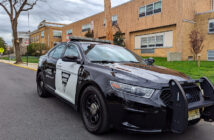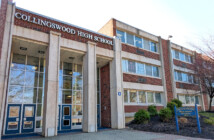In its 2015-16 budget, the district has dedicated its capital savings to building envelope needs. It also plans to hire for new positions to advance its STEAM curriculum objectives.
By Matt Skoufalos
The final Haddonfield public school budget for 2015-16 won’t be adopted until the end of April, but in advance of those meetings, the district has offered residents a glimpse of its financial picture and priorities for the coming year.
Although the school board hasn’t decided whether the local levy will approach, meet, or exceed a 2 percent increase, its state aid ($1.278 million) and tuition revenues ($498,000) are expected to remain flat over 2014-15 levels.
A full, 2-percent increase would add an additional $640,453, bringing the total budget to $32.633 million; last year, the district levied $32.02 million.
Those dollars will be used to offset a more than 11-percent increase in healthcare benefit costs. In addition, the district, which earlier considered a bond to address its infrastructure needs, plans to zero out the balance of its $1.44-million capital reserve to address facilities improvements.
“We’re taking everything out, but that doesn’t necessarily mean we’re going to spend it all,” said Board President Glen Moramarco. “If we don’t allocate it at this point, then we can’t spend it all during the year without asking for special permission.”
Although the district had passed on $6.9 million in regular operating district (ROD) grants for which it had previously been approved from the state, Moramarco said it will reapply for those same grants using the capital draw-down as its local funding match.
“We haven’t been out [for a school bond vote]since the Bancroft proposal, and that was very different from infrastructure needs,” he said. “We’re going to see how much we can handle with the money we have.”
The ROD grants would bring in 40 percent of the funds put up by the district, potentially an additional $576,000 or so, for an approximate $2.016 million in total. Those dollars would cover building envelope improvements, Moramarco said, including masonry and roofing work.
Superintendent Richard Perry said the district also must address improvements for its roofs, boilers, HVAC, and electrical systems, but “we would have to find other ways to fund those.”
“In order to get at least a partial match, we have to show the local share by this August,” Perry said. “We think we have a good chance.”
Alternative revenue streams
Increasing employee benefit costs—a familiar refrain in every school and municipal budget conversation—will continue to cloud the financial future, Moramarco said, even as the district has “been doing a very good job of cost control and keeping the salary increases within reasonable amounts.”
As an alternative potential revenue source, he said, the Haddonfield school district is working to position itself as a sort of professional services bureau to help other districts navigate the state aid system.
“There are a lot of technical requirements for bids for those,” Moramarco said.
“Anyone who wants to do that work on short notice would use the contractors that we have vetted and approved, and we would get a percentage of the grant.”
Even from modest beginnings, Moramarco believes that such a program “could rival our tuition” revenues at some point “if it really takes off.”
Building STEAM
The budget would also add $186,000 to bring the high school art and sign-language teachers, currently paid at half-day rates, into full-time roles; it would also hire an additional computer science and math teacher. All three are priorities related to advancing the district’s STEAM (Sciences Technology Engineering Arts Mathematics) curriculum initiatives, Perry said.
“Two of the critical pieces of this would be creating an Advanced Placement computer science class at the high school and making the art position full-time,” he said. “That’s where the ‘A’ comes in in ‘STEAM.’”
Perry said he envisions the STEAM initiatives “start[ing]off with the visual arts, and then eventually creat[ing]a bridge between engineering and performing arts.
“A lot more resources are needed to do that,” he said. “Solar cars, robotics projects; they could, in art class, start designing these devices, and then sketch them out.”
The sign language teacher’s role is in response to the popularity of a language course that has grown in enrollment to mandate a second level, the superintendent said. The dollar figures identified cover both teacher salary and benefit costs.
Please support NJ Pen with a subscription. Get e-mails, or follow us on Facebook, Twitter, and Instagram.

